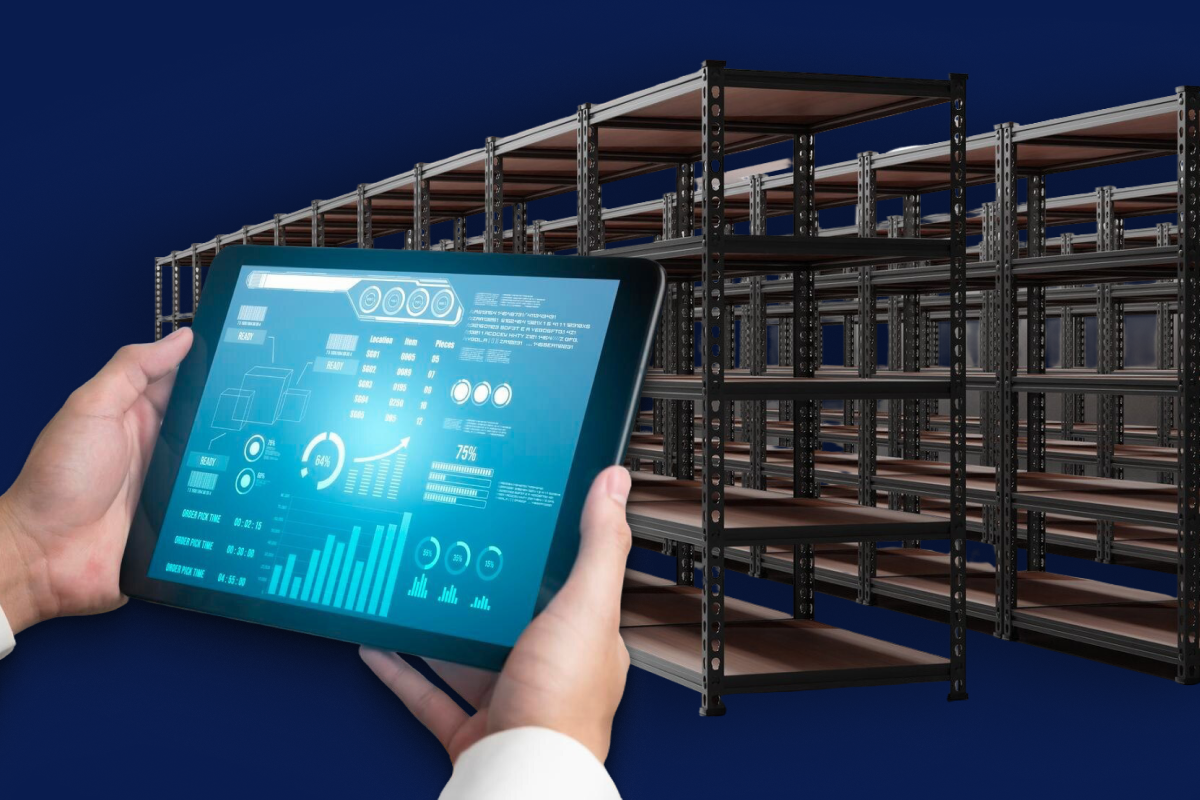All Technologies Used
Motivation
The client spent significant time manually counting 200–300 pallets daily, which was slow and prone to errors. The project aimed to automate this process with a computer vision system running offline on an edge device, capable of handling cluttered pallets and multiple camera feeds in real-time. This solution reduced human errors, saved time, and ensured reliable inventory tracking with scalability for future warehouse expansion.
Main Challenges
The warehouse had limited or no internet connection, which meant the system had to run entirely on a local device. The client needed fast, reliable pallet counting without relying on the cloud. We optimized a deep learning model to run on an NVIDIA Jetson, using CUDA, cuDNN, and TensorRT for hardware acceleration, so the system could process video streams and count pallets in real-time right on the edge device.
Pallets in the warehouse were often stacked irregularly or overlapping, making them hard to detect and count accurately. Manual counting was slow and error-prone. To solve this, we used YOLOv8 for object detection, OpenCV for preprocessing, and DeepSORT for tracking, enabling the system to reliably recognize and track pallets even in messy and complex arrangements.
Our Approach
Want a similar solution?
Just tell us about your project and we'll get back to you with a free consultation.
Schedule a callSolution
Offline Vision-Based Counting Module
- Offline real-time processing on NVIDIA Jetson
- Supports multiple camera inputs simultaneously
- Handles varying lighting and cluttered pallet arrangements
Object Detection and Tracking Module
- High-accuracy object detection for pallets
- Real-time tracking of pallets across frames
- Handles irregular and overlapping pallet arrangements
Model Optimization and Deployment Module
- ONNX Runtime and TensorRT optimization for speed
- Hardware-accelerated GPU inference using CUDA/cuDNN
- Seamless deployment to NVIDIA Jetson devices
Scalable System Architecture
- Modular architecture for easy scaling
- Future-proof design for model updates
- Supports expansion to multiple warehouse zones
Business Value
High-Accuracy Model: The model achieved a 95% accuracy rate in pallet counting, meeting the client's requirements.
Offline Processing: The solution runs entirely offline on the NVIDIA Jetson device, eliminating the need for an internet connection.
Increased Efficiency: Automation saved significant time for warehouse employees, reduced human error, and enhanced overall operational efficiency.
Scalability: The solution is easily adaptable and scalable, with the ability to update the model as needed for future improvements.















